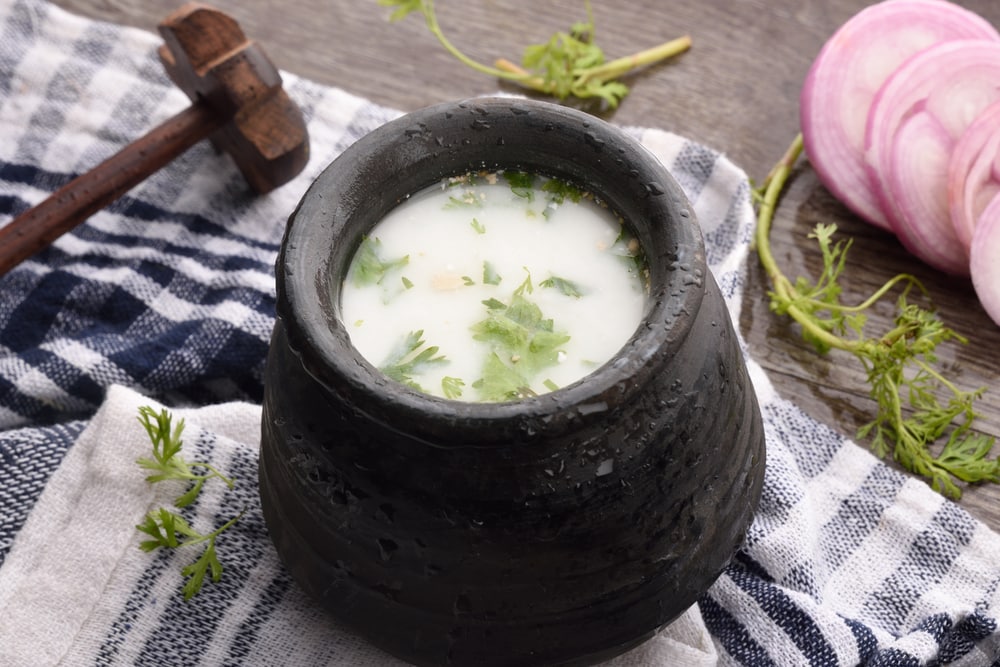
Buttermilk is popular for both drinking and baking. It is sometimes described as “drinking yogurt”. Additionally, buttermilk is used in a variety of dishes like battered deep-fried chicken, scones, cake, pancakes, and cornbread. Buttermilk can even be used to make a salad dressing.
As a rule, buttermilk can generally be substituted for plain yogurt in baking. Buttermilk is a healthy option, as it is low in fats and sugars. It has a creamy texture and a tangy flavor that cuts through the sweetness of many dishes.
However, buttermilk can be challenging to work with because it curdles easily when heated. Keep reading to find out if you can heat buttermilk and how to stop it from curdling.
Can You Heat Buttermilk?
It is possible to heat and even boil buttermilk, but it will usually curdle. In fact, ricotta cheese is actually made in this way. When buttermilk is heated at high temperatures and curdles, it can become sour, thick, and grainy. This makes it unsuitable for drinking purposes.
If you are planning on drinking the buttermilk, you will need to heat it carefully so that it does not curdle. However, you can still cook and bake with curdled buttermilk as it is not unsafe to consume.
Bear in mind that curdled buttermilk is tangier than uncurdled buttermilk, so it may change the flavor of your recipe slightly.
Why Does It Curdle?
Buttermilk has a low pH level, which means that it is quite acidic. The combination of high acidity and heat causes the buttermilk to change its structure as the solids clump together.
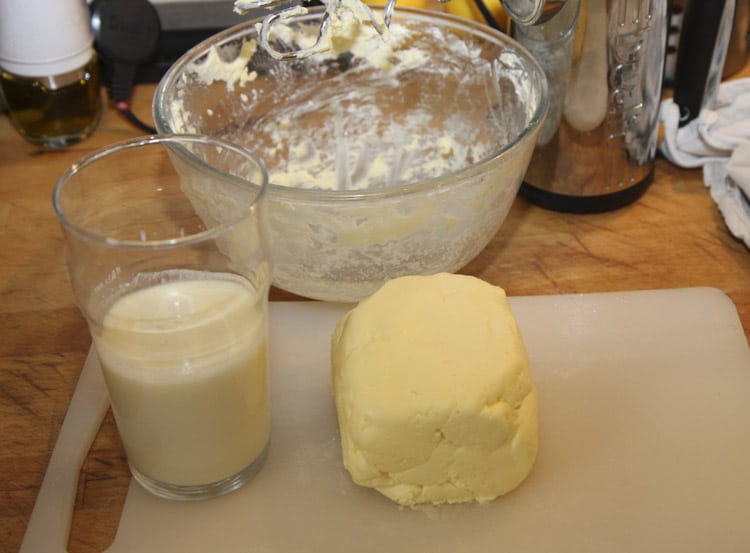
Additionally, if the buttermilk is very high in acidity it will naturally begin to clump together very slowly even if left in the refrigerator. Heating the buttermilk speeds up this clumping process and causes it to curdle even faster.
How to Prevent Curdling
If you don’t want your buttermilk to curdle, there are a few steps that you can take. The first method of preventing curdling is to keep the heat to a minimum. You can do this by adding the buttermilk to your recipe at the very end.
For example, if you are making a gravy with buttermilk add all the other ingredients to the gravy and allow them to simmer. Once the gravy is ready, add the buttermilk and turn the heat off. This will prevent the buttermilk from cooking for too long and overheating, which could cause curdling.
You could also keep the heat to a minimum by warming the buttermilk in a water bath. Place warm water in a bowl and then put the buttermilk in a jar or jug which will sit in the bowl of warm water. Stir the buttermilk every few minutes so that it heats up evenly.
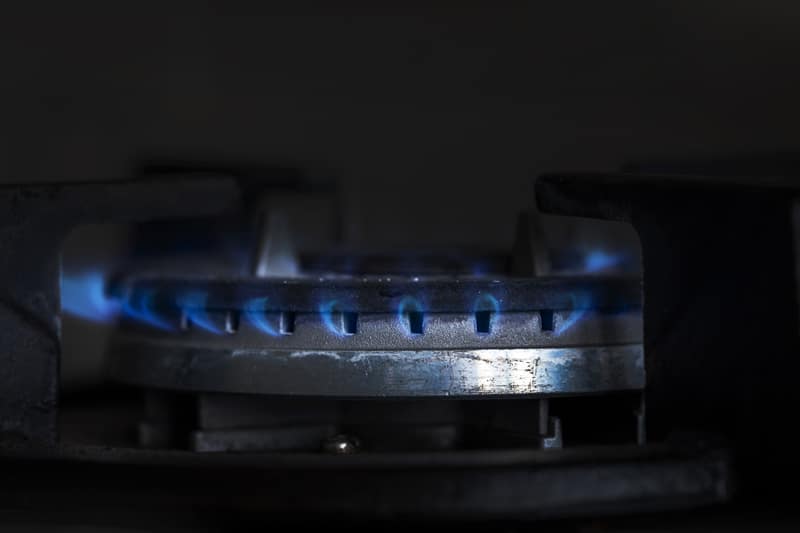
This method is especially useful if a recipe calls for room-temperature buttermilk. Like with most dairy products, you shouldn’t leave buttermilk unrefrigerated for longer than a couple of hours, as it will spoil.
This warm water bath, on the other hand, will bring the buttermilk to room temperature quickly and safely. You should avoid using the microwave to heat buttermilk, as it heats things unevenly.
The microwave can cause some parts of the buttermilk to heat up too quickly while other parts are not yet hot enough. The parts of the buttermilk that heat up quicker are likely to curdle.
If you only have access to a microwave to warm the buttermilk, make sure that you use it on very low heat and stir the buttermilk as often as possible.
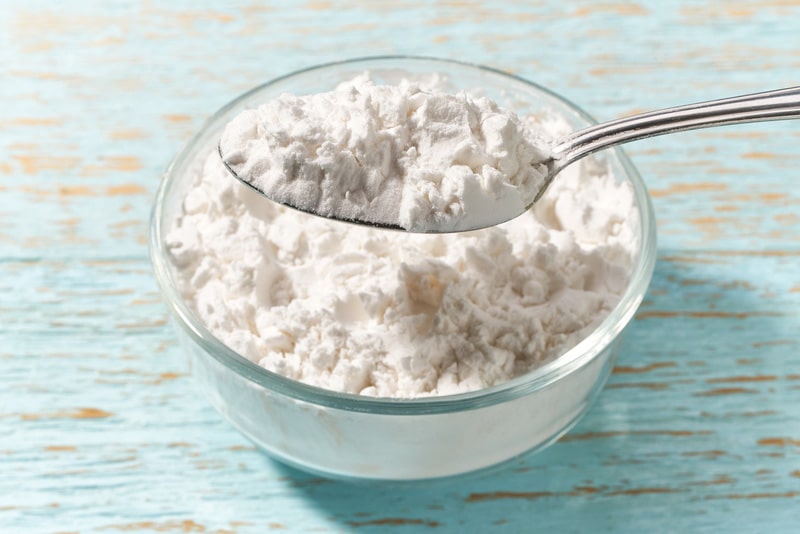
You should open the microwave and stir the buttermilk around every 10 seconds. If you are using the microwave, avoid heating the buttermilk past room temperature.
Another approach to prevent curdling is to add a thickening ingredient such as cornstarch or flour to the buttermilk before heating it.
These starchy ingredients help keep the emulsion intact and prevent separation. Sodium citrate can also prevent curding by denaturing the protein in buttermilk.
Adding one of these ingredients can make the heating process less stressful, as you can even bring the buttermilk to a boil without it curdling. However, combining these methods is a foolproof way to ensure that you have warm, uncurdled buttermilk at the end of the process.
This article has guided you through why buttermilk curdles and how you can heat buttermilk but prevent it from curdling.
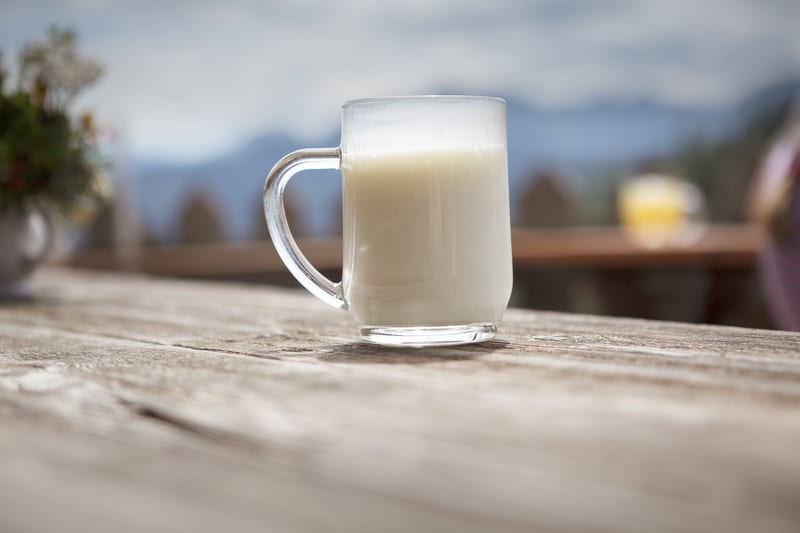
To recap, this can be done by heating low and slow, avoiding the microwave, or adding either starchy ingredients or sodium citrate to the buttermilk. You can even combine these methods to eliminate even the slightest chance of your buttermilk curdling.
